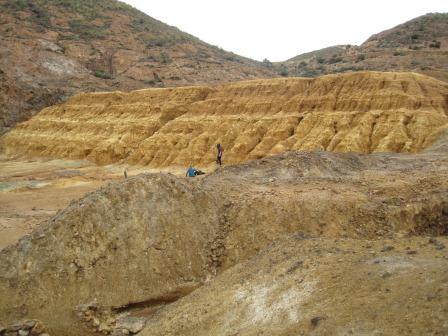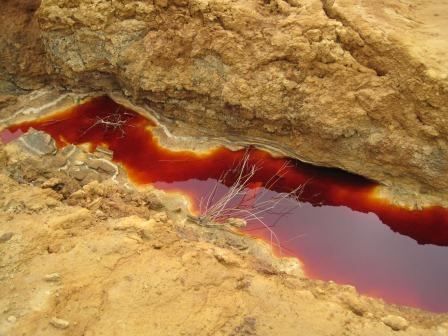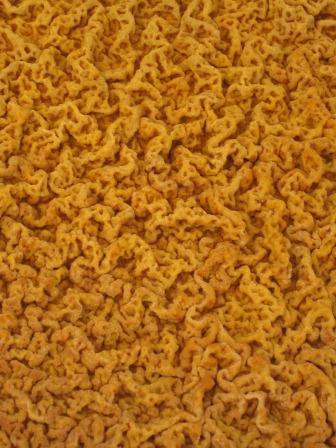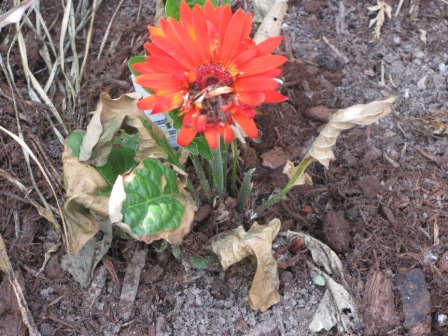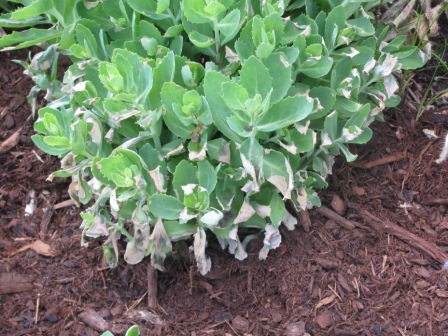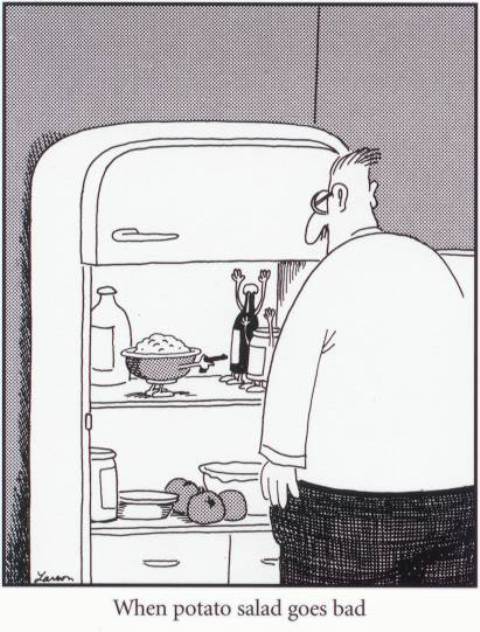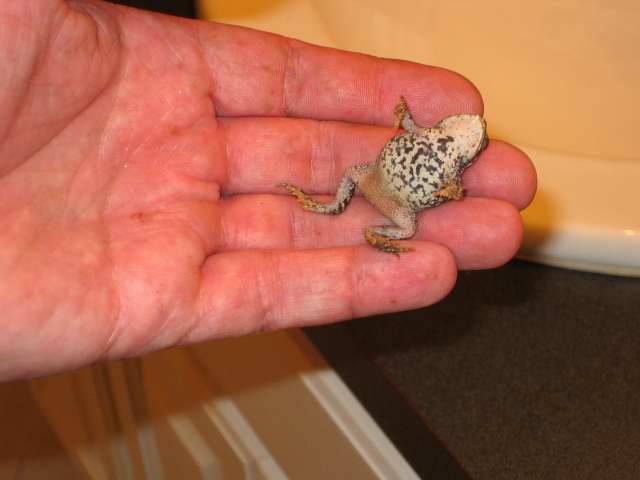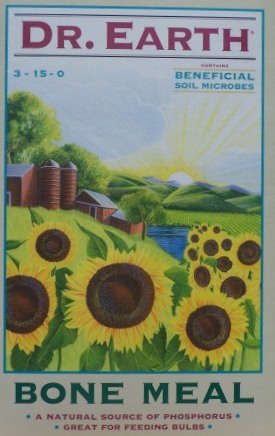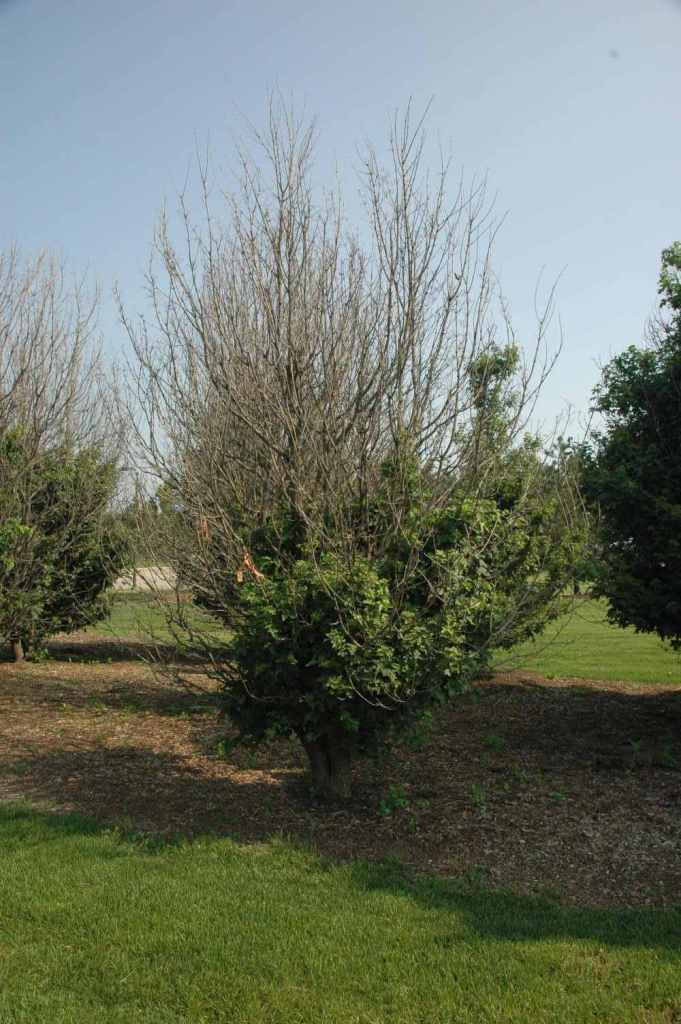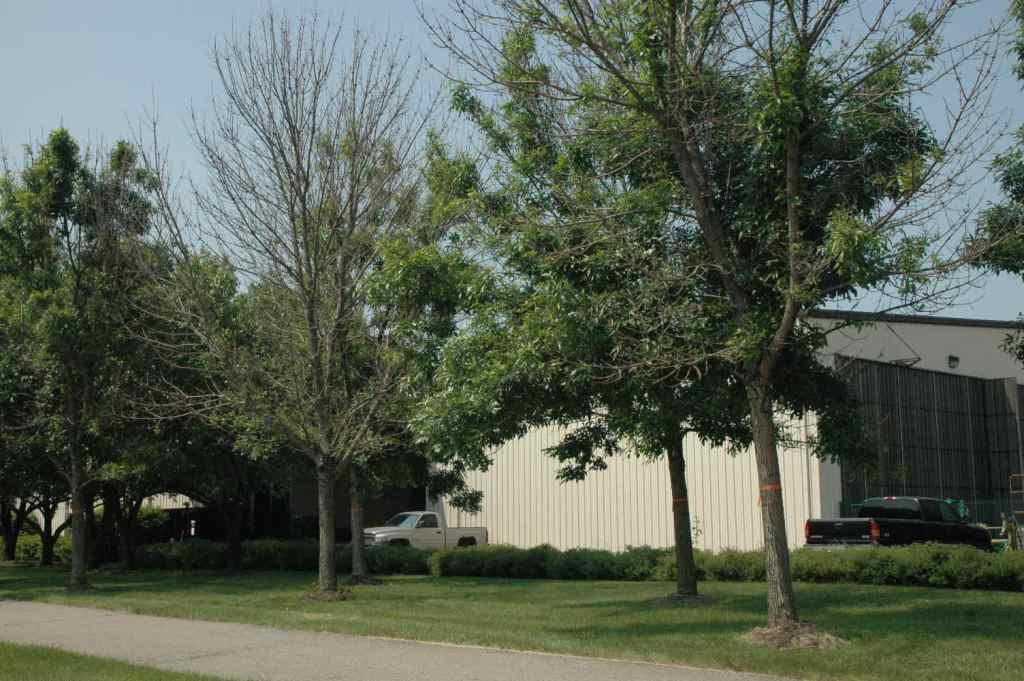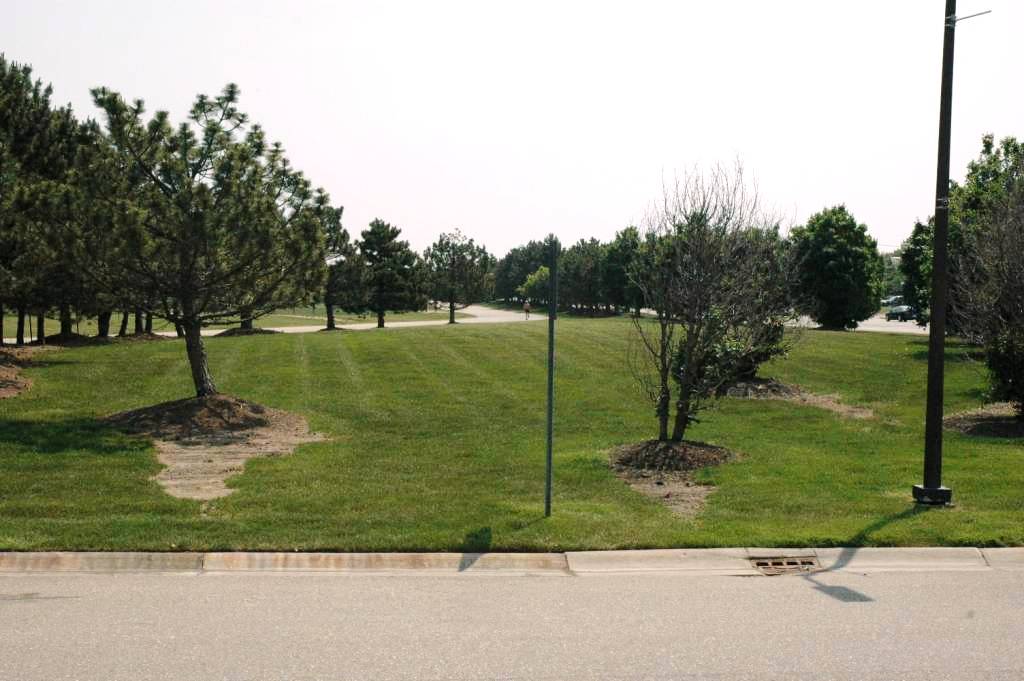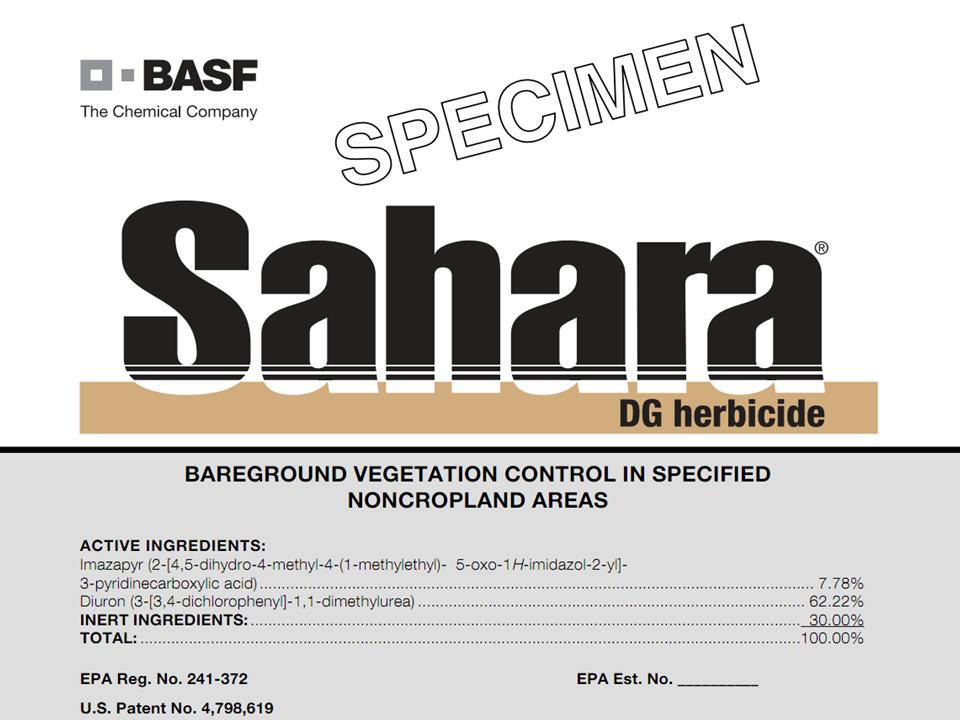By Cynthia Lee Riskin
With drought predicted for the west, southwest, and south through June 2015 (National Weather Service March 2015), many conscientious vegetable gardeners will try to conserve water by using soaker-hoses, those bumpy black hoses that weep water onto the soil through tiny pores.

Soaker hoses are made from fine-crumb rubber, usually recycled from vehicle tires. Research strongly establishes that tire particles leach heavy metals, carcinogens, and mutagenics, among other toxins. Yet soaker hoses have not been studied for potentially increasing the toxicity of edible plants. Are they really safe to use safe on our edible plants?
Soil in the City
Urban soils already contain high levels of heavy metals (Murray et al. 2011) from years of household runoffs—chemicals from pesticides, cars, painting, cleaning, and more. Adding soaker hoses made of crumb tires might exacerbate the problem.

Whether plants take up enough heavy metals to be toxic, however, is a complex equation, depending on a slew of interrelated factors, including:
• Soil pH (Costello 2003) and texture (Singh and Kumar 2006; Murray et al. 2011)
• Temperature (Murray et al. 2011; Lim and Walker 2009)
• The size of the rubber particles (Gaultieri et al. 2004)
• Chemical composition of irrigation water (Singh and Kumar 2006)
Furthermore, the plant species and even the cultivar can affect a plant’s uptake of zinc and other heavy metals (Murray et al. 2009 and 2011).
Growing Healthy Food
If you’re looking for the key to ensuring that your vegetable patch grows healthy food, however, I’m sorry to disappoint you. Too many factors are involved to predict the toxicity of what we grow in our gardens.
A good way to get more information is to contact your local extension agent for a list of laboratories that test soils not only for nutrient composition but for heavy metals. Although this information won’t guarantee you’ll be able to grow heavy-metal-free produce, it’s a step in the right direction while we wait for more research to be done.

Cindy Riskin is a Master of Environmental Horticulture and freelance journalist raising edible plants, an unkempt ornamental garden, and elderly mutts in Seattle, Washington.
NOTE: This article is excerpted from a longer one soon to appear in Cindy Riskin’s upcoming blog, tentatively named Muddy Fingers Northwest. Please contact Cindy Riskin at cindyri@q.com for an advance copy or the blog’s web address.
REFERENCES
1. Costello, Laurence Raleigh. 2003. Abiotic disorders of landscape plants: A diagnostic guide. Oakland, Calif.: University of California, Agriculture and Natural Resources. P. 117.
2. Gualtieri M., M. Andrioletti, C. Vismara, M. Milani, and M. Camatini. 2005. Toxicity of tire debris leachates. Environment International 31 (5): 723–30.
3. Lim, Ly, and Randi Walker. 2009. An assessment of chemical leaching releases to air and temperature at crumb-rubber infilled synthetic turf fields. Albany, N.Y.: New York State Department of Environmental Conservation. http://www.dec.ny.gov/docs/materials_minerals_pdf/crumbrubfr.pdf.
4. Murray, H., T.A. Pinchin, and S.M. Macfie. 2011. Compost application affects metal uptake in plants grown in urban garden soils and potential human health risk. Journal of Soils and Sediments 11 (5):815–829.
5. Murray, Hollydawn, Karen Thompson, and Sheila M. Macfie. 2009. Site- and species-specific patterns of metal bioavailability in edible plants. Botany 87:702–711.
6. National Weather Service Climate Prediction Center. March 19, 2015. U.S. Seasonal Drought Outlook. NOAA/National Weather Service National Centers for Environmental Prediction. http://www.cpc.ncep.noaa.gov/products/expert_assessment/sdo_summary.html.
7. Singh, S., and M. Kumar. 2006. Heavy metal load of soil, water and vegetables in peri-urban Delhi. Environmental Monitoring and Assessment 120 (1-3):1–3.

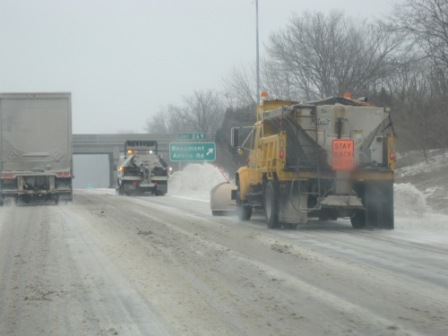
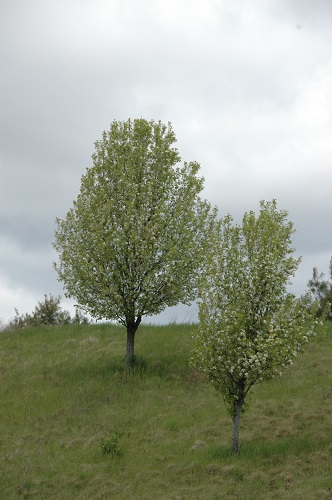
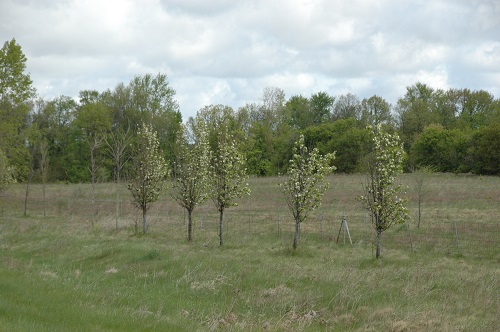


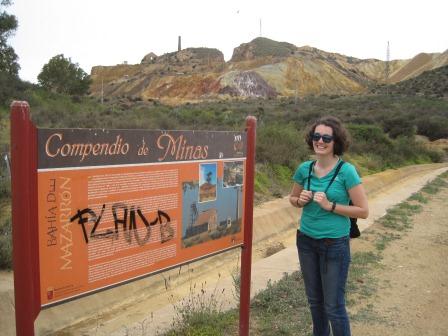
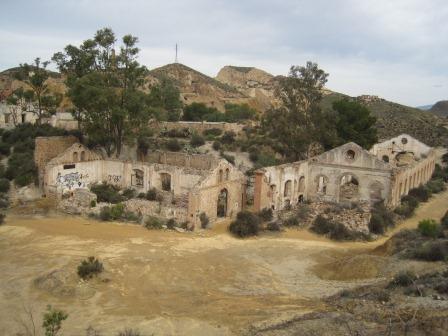
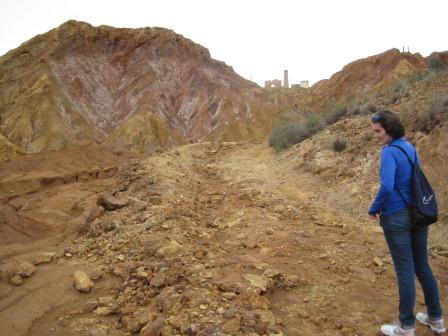
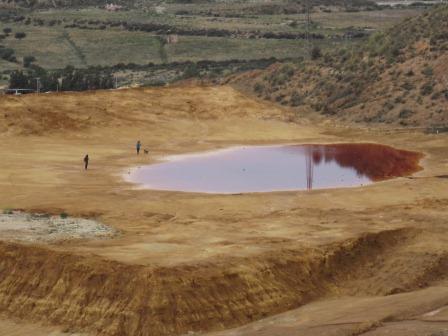
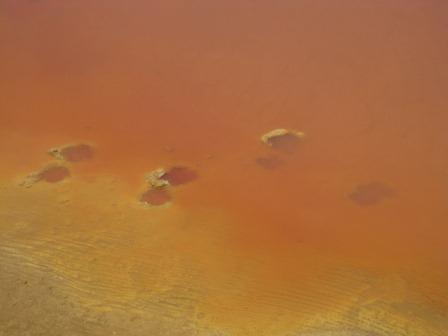 Yes, the dog went in the water
Yes, the dog went in the water